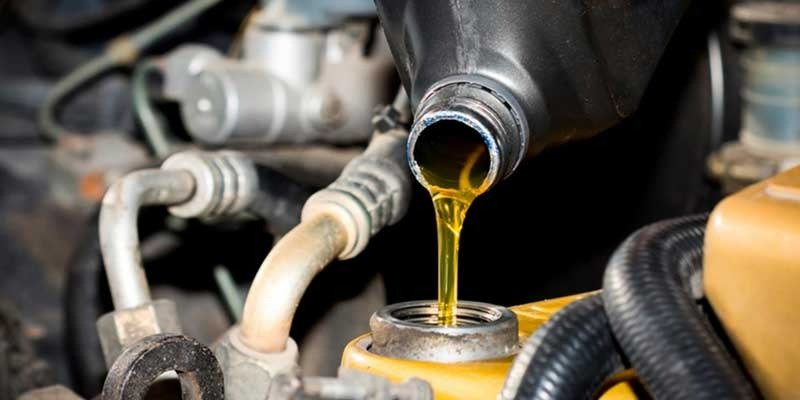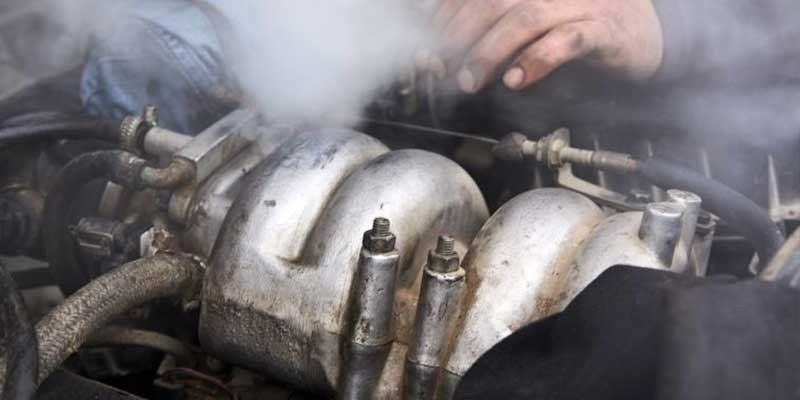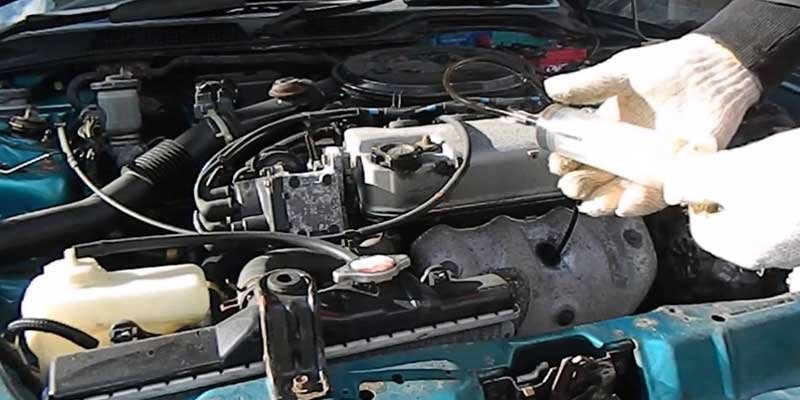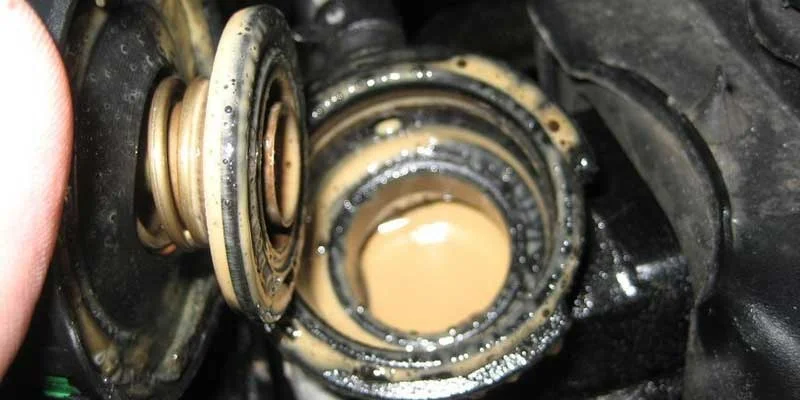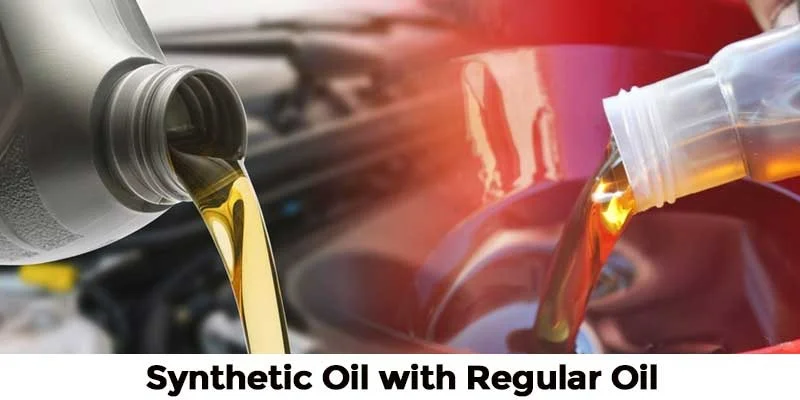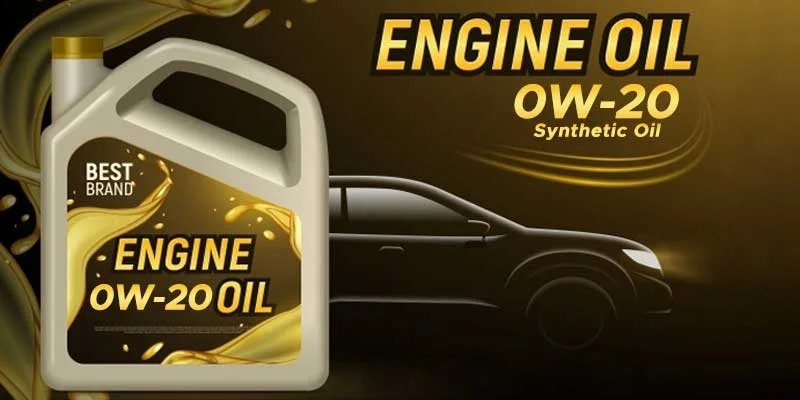You’ve probably heard the saying, “oil changes save lives.” That’s true. Oil helps prevent friction between moving parts inside your vehicle. Friction causes wear and tear on those parts, which eventually leads to problems such as overheating, stalling, and even total engine failure.
Hence, it is essential to check the engine oil level. But, how often should you check the engine oil level?
Factors That Effect the Engine Oil Level Frequency:
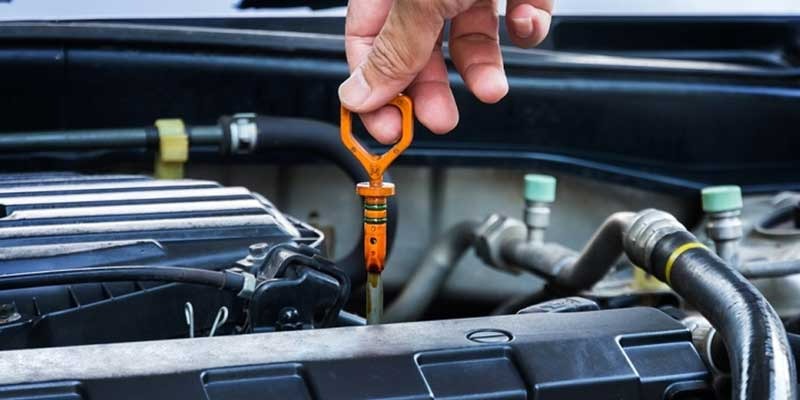
Here are some of the critical factors that decide the frequency of checking your engine oil level:
1. Mechanical Issues
If you notice any mechanical issue with your vehicle, such as engine stalling, decreased performance, some weird noises from the engine, etc., it may be due to low engine oil. Check the engine oil levels daily or weekly in such cases.
2. High Mileage
If you have a high mileage vehicle, frequently check for the oil levels. Low mileage vehicles require less frequent checks.
3. Vehicle Age
You must inspect your engine oil levels frequently if your car is older than 5 years and runs more than 1,00,000 miles.
4. Type of oil
You need to check the oil levels frequently for vehicles using conventional oil. Synthetic oils last much longer than conventional oil.
5. Driving Style
If your vehicle is under a constant load or you often drive it rashly, you must check engine oil levels frequently. In this case, you can use an oil gauge to help you.
6. Engine Temperature
The engine’s temperature also plays a role in determining the frequency of checking the engine oil levels. A higher engine temperature requires more frequent engine oil inspections.
These tips will give you the right idea about when to change the engine oil levels. However, if you still feel confused, you can always consult a mechanic who knows all about engines.
Most modern cars have a vehicle maintenance system to help check your driving habits and the outside temperature to indicate the oil change. These advanced systems alert you for oil-ups when your vehicle’s oil levels fall below.
Compared to conventional oil, synthetic oil provide a higher level of protection and prolonged oil change interval. There is a general rule of 3000 miles, which most conventional drivers follow for an oil change. As soon as the odometer goes above 3000 miles, it is time for fuel change for conventional use.
However, synthetic oil lasts up to 10,000 miles between oil changes. Low oil levels in your vehicle indicate improper lubrication, which has several implications.
When Do I require a Frequent Oil Change?
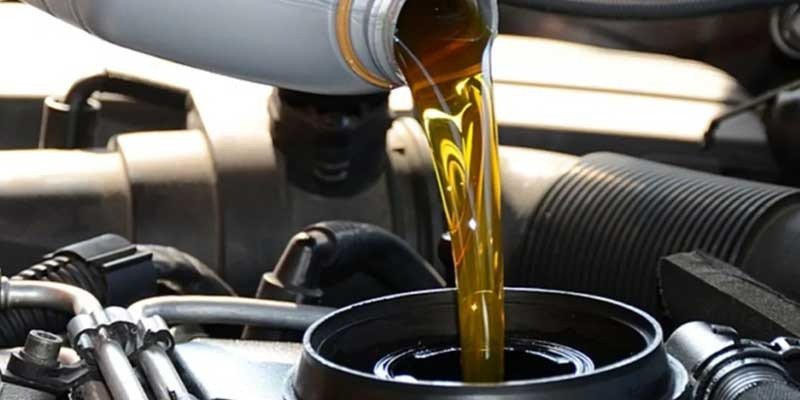
You require frequent oil changes when:
- You frequently drive for shorter runs (less than 8 km).
- Making a long trip by towing heavy loads.
- Driving long distances at high speeds with high temperatures (above 32°C).
- Majorly driving in heavy traffic.
- Driving in a dusty and sandy conditions
How to Check the Engine Oil Levels?
Before concluding if your car needs an engine oil top-up or not, it is essential to check the existing engine oil levels:
- Make sure your car engine is turned off, and the engine is running cold (i.e., that it’s not been for long). It is vital to get a precise measurement.
- Refer to the owner’s manual to locate the dipstick for oil inside the motor bay. This small piece of metal is designed to allow you to determine how much oil is inside your engine at a single glance. The handle is generally composed of brightly colored plastic to help you identify it.
- Take the dipstick off the engine. You can use the shop rag or a towel to clean it.
- Re-insert the dipstick into the engine. It will ensure a precise measurement as the dipstick can take in oil throughout the regular operation of the engine, and the oil level will fluctuate as the engine gets switched on.
- Take the dipstick off again and examine the hash marks on the sides to see if the oil is on the dipstick. The majority of dipsticks feature a full and low mark that indicates where the ideal engine oil level is.
- If your engine’s oil level is in between low and the full level, it’s generally expected that the oil levels are between low to full. Low levels of oil need top ups. Never top-up without considering the oil level as the excessive oil is detrimental to your engine health as well.
- Also, look at the condition of the engine oil. Also, take note of oil that appears extremely dark or appears to be ice cream. In any situation, you could be facing a significant issue. The “milkshake” appearance comes from mixing oil with coolant, usually due to a damaged block or a ruptured head gasket. The extremely dark color of the oil suggests an engine’s oil is accumulating excess carbon or debris inside the engine. It could be the result of malfunctioning components.
How to Deal with Low Engine Oil?

A motor burns oil during normal operating conditions. It is common to experience some loss of oil between oil changes. The oil becoming darker or appearing dirty during the oil change is also expected. This is precisely what engine oil is made to do. However, there are limitations to the darkness of engine oil that it can be.
If your engine oil is lower than usual, the first step is to replenish it until it is at the appropriate level.
- Review the owner’s manual to determine which oil to use in your car’s engine. The correct grade is crucial. However, conventional and synthetic oil can be mixed safely if you have only two or one.
- Find the cap for oil filling over your vehicle’s engine and take it off.
- Utilize a funnel to transfer the oil from inside the engine. Be careful that you do not spill oil on the engine. If you spill it, make sure you clean it up quickly.
- Depending on how low your engine oil level was when you looked at the dipstick, you can add oil just a bit at once. The best general rule of thumb is to add the oil to a half-quart at once.
- Follow the same steps to test the engine oil level once you’ve put the first half-quart.
- Repeat this process until the dipstick shows the motor oil levels are shown ultimately.
When you’ve topped with oil, make sure to keep an eye on the level of oil. If the vehicle you are driving is old (75,000 miles or longer), the vehicle may consume more oil than the day it was first purchased.
Conclusion
While conventional oil change needs after 3000 miles, most synthetic oil lasts up to 10,000 miles. Any ignorance to check oil levels may result in a lack of lubrication, engine idling, metal components wear and tear, and gradually leading to engine failure.
Maintaining your car’s required engine oil levels to maintain its engine health is essential.

My Name is Christopher Angels, and I am a postgraduate in mechanical engineering. Cars have always excited me as a child, and soon I decided to dive into the world of cars by pursuing mechanical engineering. I also worked as a Mechanic for over 3 years to understand Cars’ anatomy and how each part contributes to its working.
My Name is Christopher Angels, and I am a postgraduate in mechanical engineering. Cars have always excited me as a child, and soon I decided to dive into the world of cars by pursuing mechanical engineering. I also worked as a Mechanic for over 3 years to understand Cars' anatomy and how each part contributes to its working.



